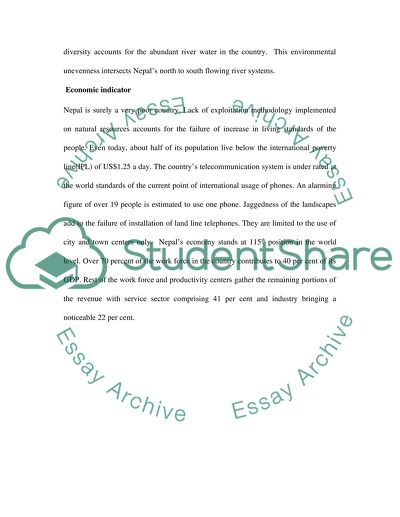Cite this document
(The Democratic Transition in Nepal Assignment Example | Topics and Well Written Essays - 1608 words, n.d.)
The Democratic Transition in Nepal Assignment Example | Topics and Well Written Essays - 1608 words. Retrieved from https://studentshare.org/sociology/1565936-nepal-economy
The Democratic Transition in Nepal Assignment Example | Topics and Well Written Essays - 1608 words. Retrieved from https://studentshare.org/sociology/1565936-nepal-economy
(The Democratic Transition in Nepal Assignment Example | Topics and Well Written Essays - 1608 Words)
The Democratic Transition in Nepal Assignment Example | Topics and Well Written Essays - 1608 Words. https://studentshare.org/sociology/1565936-nepal-economy.
The Democratic Transition in Nepal Assignment Example | Topics and Well Written Essays - 1608 Words. https://studentshare.org/sociology/1565936-nepal-economy.
“The Democratic Transition in Nepal Assignment Example | Topics and Well Written Essays - 1608 Words”, n.d. https://studentshare.org/sociology/1565936-nepal-economy.


